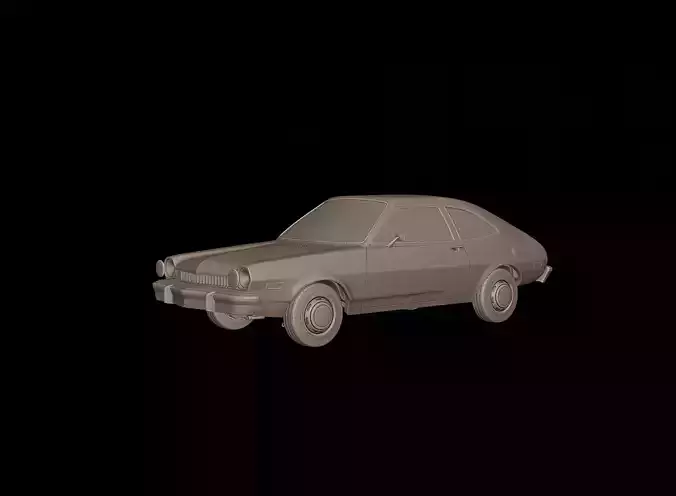- pinto 1973 3d print model- SCALE 1/10-1/16-1/24-1/28-1/35-1/64- Perfect for collectors, hobbyists, and enthusiasts seeking timeless automotive artistry- Suitable for resin printers and FDM printers. All files are in .stl format.- The model includes
- body ( whole body and three parts)
- Chassis (whole chassis and three-part chassis)
- Wheel
- Tire
- headlights-taillights
- Windows and glass for headlights and taillights
- BUMPERS
- MIRRORS
- great details dash
- great details seats
- great details, steering wheel
- great details, door panels
- All the parts are high quality and have very smooth surfaces


















